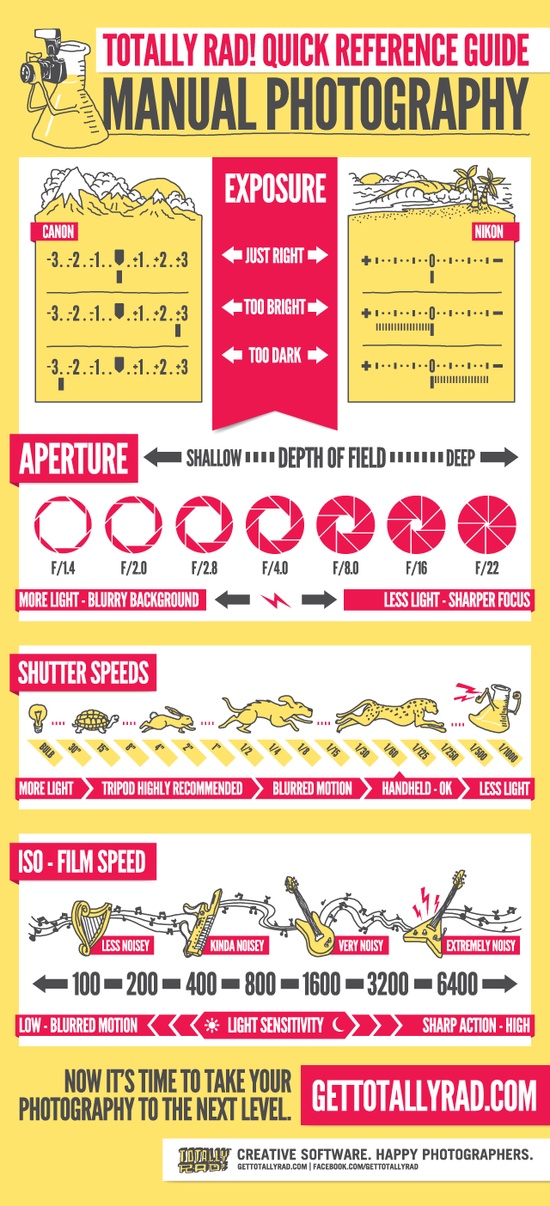Transform Your Digital Photography By Understanding Lights Strategies That Can Boost Your Photos-- Uncover The Usual Challenges That Could Be Holding You Back
Transform Your Digital Photography By Understanding Lights Strategies That Can Boost Your Photos-- Uncover The Usual Challenges That Could Be Holding You Back
Blog Article
Content Author-Gillespie Polat
As a digital photographer, you know that illumination can make or break your images. Understanding the nuances of both all-natural and synthetic light is necessary for capturing the state of mind and clarity you aim for in your work. Whether visit the next website chasing after the perfect golden hour radiance or adjust your artificial configurations, mastering these elements can boost your photography significantly. But there are common pitfalls that lots of ignore, and acknowledging them can transform your method to every shoot. Let's discover what you might be missing and just how it can affect your outcomes.
Comprehending Natural Light
Understanding natural light is critical for any digital photographer wanting to enhance their work. It's the structure of excellent photography, influencing state of mind, tone, and quality. When you shoot outdoors, take note of the moment of day. The gold hour-- quickly after dawn and before sunset-- supplies soft, warm light that can change common scenes right into sensational photos.
Do not take too lightly the power of overcast days. Cloud cover diffuses sunshine, creating a soft, even light that's excellent for pictures and macro photography. You'll find colors pop in this kind of lighting without harsh shadows.
Positioning issues, also. Constantly consider Continue Reading to the light source. If the sun's behind your topic, you may wind up with a silhouette, which can be remarkable but mightn't be what you desire. Conversely, Where to take photos for copyright card can create uncomplimentary darkness.
Explore angles; occasionally, changing your perspective can produce remarkable results. Usage natural reflectors, like water or sand, to bounce light onto your topic, adding dimension.
Learning Artificial Light
Grasping synthetic light is crucial for photographers that want to take their skills to the next level. Whether you're using speedlights, workshop strobes, or continual lights, understanding just how to control these sources can dramatically improve your pictures.
Start by acquainting yourself with the fundamentals of light high quality, instructions, and color temperature level. Trying out various modifiers like softboxes, umbrellas, or grids to manage the soft qualities or harshness of the light.
You'll find that soft light frequently creates lovely results, while harsher light can include dramatization and depth. Do not shy away from darkness; they can boost the three-dimensionality of your topics.
Pay very close attention to the positioning of your lights. A light positioned as well near your topic can create uncomplimentary outcomes, while too far can lead to an absence of detail. Make use of a light meter or your cam's pie chart to ensure you're exposing correctly.
https://www.digitalcameraworld.com/features/panasonic-lumix-hybrid-shooting-tips-5-premier-photography-features but not least, keep in mind that man-made light can be mixed with ambient light for creative impacts. Balancing these sources might take technique, but once you master it, your photography will genuinely beam.
Methods for Various Circumstances
When you step into various shooting scenarios, adjusting your lighting strategies is vital for catching the most effective pictures. For outdoor pictures, use the gold hour-- early morning or late afternoon light-- to soften shadows and enhance complexion.
If it's a harsh noontime sunlight, consider making use of a reflector to bounce light back onto your subject or look for shaded areas for a more also exposure.
In low-light situations, like indoor occasions, enhance your ISO and use a large aperture to let in more light. A tripod can assist get rid of electronic camera shake, allowing for longer direct exposures without obscuring.
If you're contending evening, experiment with off-camera flash to develop vibrant lights and depth in your pictures.
For product photography, use diffused lighting to stay clear of harsh representations. Softboxes or light tents can assist attain this effect.
When photographing landscapes, consider the instructions of light and time of day, as it can considerably change the mood of your shot.
Constantly prepare to adjust your setups and positioning based upon the situation, as versatility is key to mastering lighting in photography.
Conclusion
Finally, grasping lights is vital to elevating your photography abilities. Embrace all-natural light's elegance throughout gold hour, and do not avoid try out synthetic light techniques. By adapting your approach to various scenarios, you'll capture spectacular pictures that reverberate with feeling and clearness. Remember, the best lights can change an ordinary shot into something remarkable, so keep practicing and refining your understanding of both all-natural and synthetic light. Satisfied capturing!
